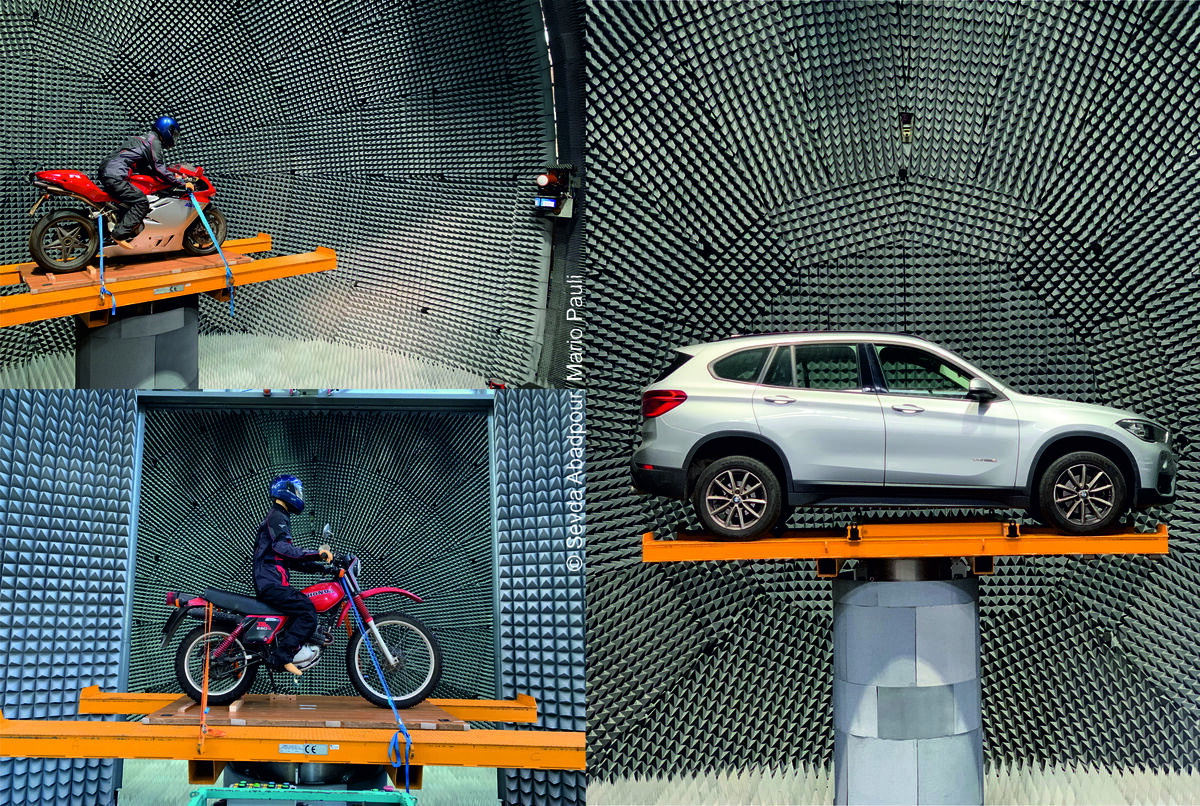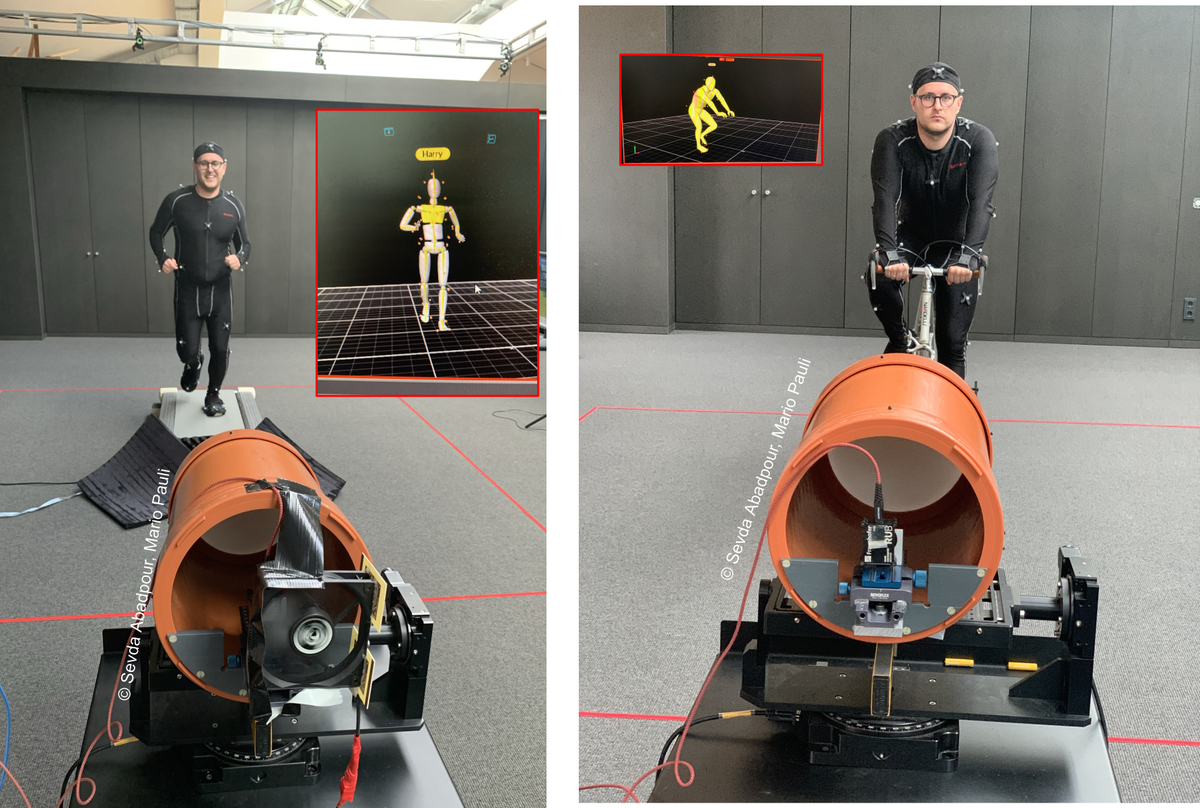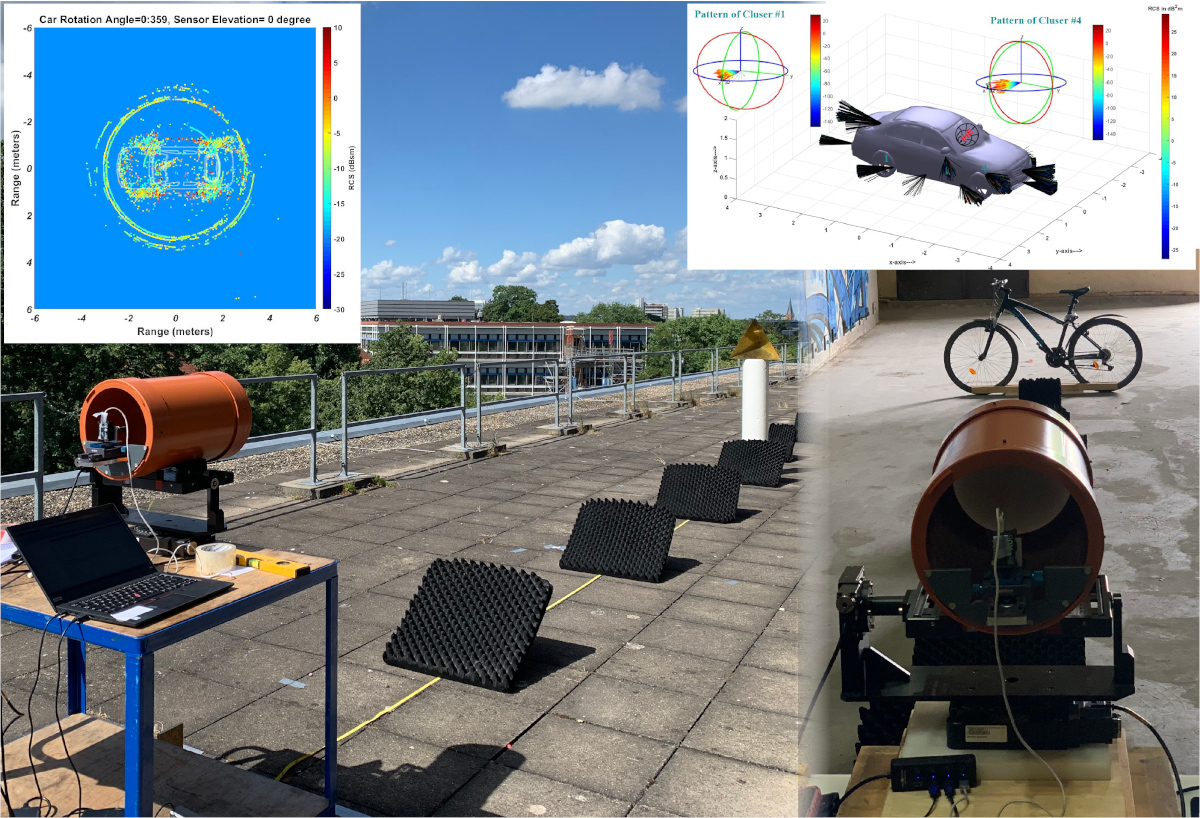VIVID
- Funding:
German Federal Ministry of Education and Research (BMBF)
- Project partner:
Technische Universität Ilmenau
Continental AG/ADC GmbH
Mercedes Benz MTC
AVL Deutschland GmbHBlickfeld GmbH
DLR Institute of Transportation Systems
IPG Automotive GmbH
Technische Universität Darmstadt
University of Applied Science, Kempten
Toyota Motor Corp.
Honda
Nissan
Nihon Unisys Ltd.
SOKEN Inc.
Mitsubishi Precision Company Ltd.
SOLIZE Engineering Corp.
Sony Semiconductor Solutions Corp.
Hitachi Automotive Systems Ltd.
DENSO Corp.
PIONEER Corp.
Kanagawa Institute of Technology
Deloitte - Start:
October 2020
- End:
December 2023
- Contact:
Virtual Validation Tool Chain for Auto-mated and Connected Driving
This project for the collaborative academic-industrial research project VIVID originates from a number of expert workshops on connected and automated driving and connects to previous research activities within the ELEVATE funding call (“Elektroniksysteme für das vollautomatisierte Fahren”) in which the IHE was successfully involved.
The research area “Validation, modelling, and simulation” has been identified as one of four topical areas of the Japanese-German research cooperation on connected and automated driving. In order to maximize synergy and sustainability of these bi-national research efforts, VIVID has been laid out as a twin project to the Japanese R&D project DIVPTM, located in the same research area. The coordinated German-Japanese research planning has led to the joint R&D framework VIVID – German Japan Joint Virtual Validation Methodology for Intelligent Driving Systems.
Connected and automated driving challenges the testing of the interdependent operational driving, electronic sensing, and communication functions, foremost radar, lidar, and camera. The exploding number of safety requirements necessitates reliable and efficient validation and homologation methods for highly automated driving at levels L3…L5. Hence, the key objective of both VIVID twin projects is the design and implementation of a virtual validation tool chain, reaching from SiL- to OTA/ViL- methods, connecting software-based traffic and sensor simulations with propagation modeling and over-the-air hardware-in-the-loop testing in virtual environment. A digital scenario-based test strategy built upon the physical principles of false positive and false negative responses is key to control the otherwise infinite test parameter space. The bi-national projects merge and significantly extend relevant knowledge from major cross-ministerial R&D efforts, yielding a holistic modular approach for future safety assurance.
Based on joint efforts, VIVID aims at establishing a testing tool chain, to evaluate “how safe is safe enough”, through the following research goals:
A. Scenario-based comparison of real and virtual drive tests, SW- and HW-based simulations including physical sensor, wave propagation, and environmental effects
B. Identification of critical areas like highways, tollgates, bridges, parking areas
C. Virtual V&V of installed-system performance of multi-sensor platforms (radar, lidar, camera) including advanced sensor models and co-simulation platforms
D. Open interfaces employing widely adopted software and data interfaces for a sensor technology and platform-agnostic sustainable use and routes towards global standardization.
Publications
Abadpour, S.; Schyr, C.; Pauli, M.; Klein, F.; Degen, R.; Siska, J.; Pohl, N.; Zwick, T.
2023. 20th European Radar Conference (EuRAD), Berlin, 20th - 22nd September 2023, 47 – 50, Institute of Electrical and Electronics Engineers (IEEE). doi:10.23919/EuRAD58043.2023.10289556
Abadpour, S.; Pauli, M.; Kretschmann, M.; Iqbal, H.; Aust, P.; Zwick, T.
2023. 2023 17th European Conference on Antennas and Propagation (EuCAP), Florence, Italy, 26-31 March 2023, 1–5, Institute of Electrical and Electronics Engineers (IEEE). doi:10.23919/EuCAP57121.2023.10133024
Abadpour, S.; Pauli, M.; Schyr, C.; Klein, F.; Degen, R.; Siska, J.; Siska, J.; Pohl, N.; Zwick, T.
2023. IEEE Transactions on Microwave Theory and Techniques, 71 (4), 1761–1771. doi:10.1109/TMTT.2022.3218304
Abadpour, S.; Marahrens, S.; Pauli, M.; Siska, J.; Pohl, N.; Zwick, T.
2021. IEEE Transactions on Microwave Theory and Techniques, 70 (3), 1582–1593. doi:10.1109/TMTT.2021.3131156




